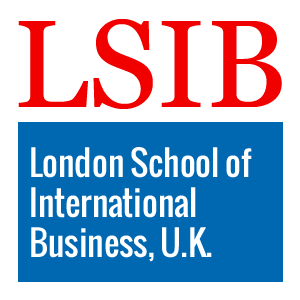Executive Certificate in Biophilic Design Case Studies and Best Practices
Published on June 25, 2025
About this Podcast
HOST: Welcome to our podcast, today we're talking with an expert about the Executive Certificate in Biophilic Design Case Studies and Best Practices. Can you tell us a bit about your personal experiences and insights related to this course topic? GUEST: Absolutely, I've seen firsthand how biophilic design can transform spaces and improve people's well-being. This course dives deep into these principles and provides practical examples that professionals can apply in their work. HOST: That's fascinating. What current industry trends are relevant to biophilic design? GUEST: There's a growing focus on sustainable and healthy spaces, especially in the wake of the pandemic. Biophilic design meets these needs by integrating natural elements into built environments. HOST: Speaking of challenges, what obstacles have you faced in this field or while teaching this subject? GUEST: One challenge is helping professionals understand that biophilic design goes beyond adding plants to a space. It requires a holistic approach that considers all aspects of the built environment. HOST: That makes sense. Finally, what do you think the future holds for biophilic design and its impact on the industry? GUEST: I believe biophilic design will become increasingly important as we recognize the value of nature-inspired spaces for our physical and mental health. This course is a great starting point for professionals looking to incorporate these principles into their work. HOST: Thank you for sharing your insights with us today. We're excited to see how biophilic design continues to shape the industry and improve our living spaces. Join us for this transformative learning experience and unlock the potential of nature-inspired spaces with the Executive Certificate in Biophilic Design Case Studies and Best Practices!
